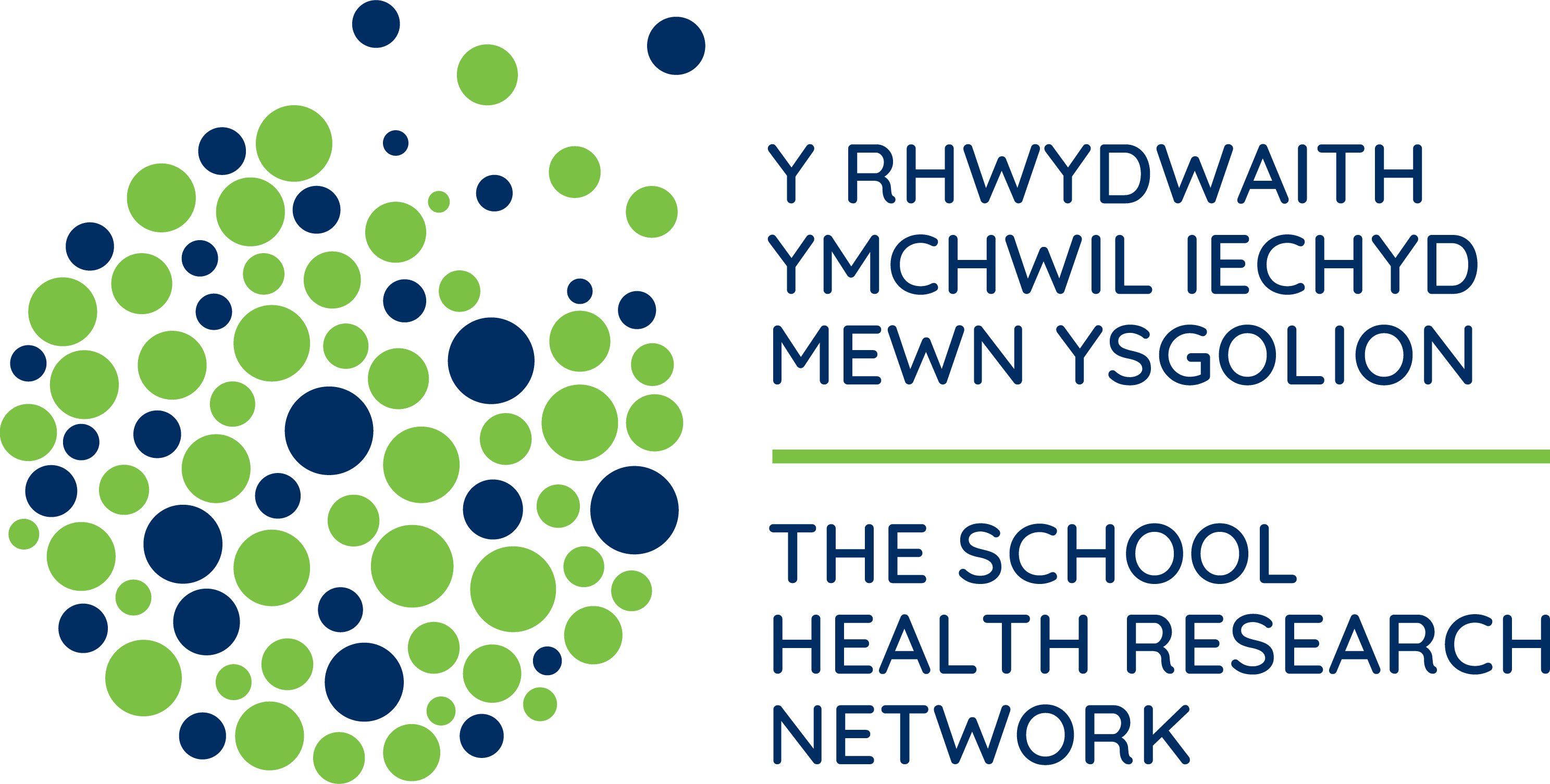Welsh Government utilises SHRN data for national policy planning and monitoring, including key policies related to the Well-being of Future Generations (Wales) Act and national curriculum reform. Public Health Wales has fully integrated SHRN into the development and evaluation of its Welsh Network of Healthy School Schemes (WNHSS).
‘Welsh Government supports and collaborates with the School Health Research Network by providing funding from both Health and Education and making strategic decisions together to impact the national school system and improve the health and wellbeing of children and young people.
Building on the Health Behaviour of School-aged Children (HBSC) survey, a key part of the collaboration centres on the data infrastructure that SHRN has built for Wales providing, through a two yearly survey, robust and timely data on young people’s health. Welsh Government are able to feed in to the content of the survey and working with academic experts in Cardiff University, ensure rigorous measures are used. This data can support national surveillance, policy monitoring and evaluation. It has also enhanced capacity to monitor young people’s health and wellbeing in relation to emerging policy areas such as: the Well-being of Future Generations (Wales) Act 2015 and the Violence Against Women, Domestic Abuse and Sexual Violence (Wales) Act 2015.
Welsh Government can also be involved in co-producing school health improvement research evidence and contribute to its translation into policy and practice to influence change in Wales.’
Dr Chris Roberts
Deputy Chief Social Research Officer
Welsh Government
‘For Public Health Wales (PHW) our strategic partnership with the School Health Research Network (SHRN) represents a successful ongoing research-policy-practice partnership which has strengthened and developed over time. We provide financial resource and contribute to decision-making at strategic and operational levels to ensure that the work of the Network has maximum policy and practice relevance. This collaboration allows us to access robust, nationally representative data on both the school environment and student health and wellbeing outcomes to enable us to inform our work at national, regional and local level. It also provides mechanisms to evaluate and test innovative practice in addition to supporting population surveillance.
PHW is responsible for the Welsh Network of Healthy School Schemes (WNHSS) and has worked with SHRN to more closely integrate the two networks: one practice oriented and one research oriented, so each can draw on the others assets and expertise in order to create more effective and sustained improvements in student health and wellbeing. Our collaboration is based upon reciprocal benefits: SHRN helps us to enhance the functioning of the Welsh school system in relation to health and wellbeing, whilst we improve SHRN researchers’ opportunities to achieve impact from their research.’
Dr Julie Bishop
Director of Health Improvement
Public Health Wales
Data from the SHRN surveys and subsequent research has been gaining national recognition. Here are a few examples of how our research has been used:
* SHRN data used to assess the CAMHS in Reach Pilot Programme
* SHRN data used to assess wellbeing in the National Assembly for Wales’ Mind Over Matter Report 2018
* Using SHRN for national indicators of children’s wellbeing in the Welsh Government’s Wellbeing of Wales Report 2017-18
* Children’s Commissioner for Wales’s response to Welsh Government’s progress in developing the new Curriculum and highlights importance of SHRN data and Healthy Schools as part of a joined up approach to young people’s wellbeing
* The Welsh Government’s A Smoke-Free Wales: Tobacco Control Delivery Plan for Wales 2022-2024 mentions source as SHRN survey and data for indicators and outcomes in forward planning
* Welsh Parliament mentions SHRN as a source of data in their 2022 report Everybody’s affected: Peer on peer sexual harassment among learners
